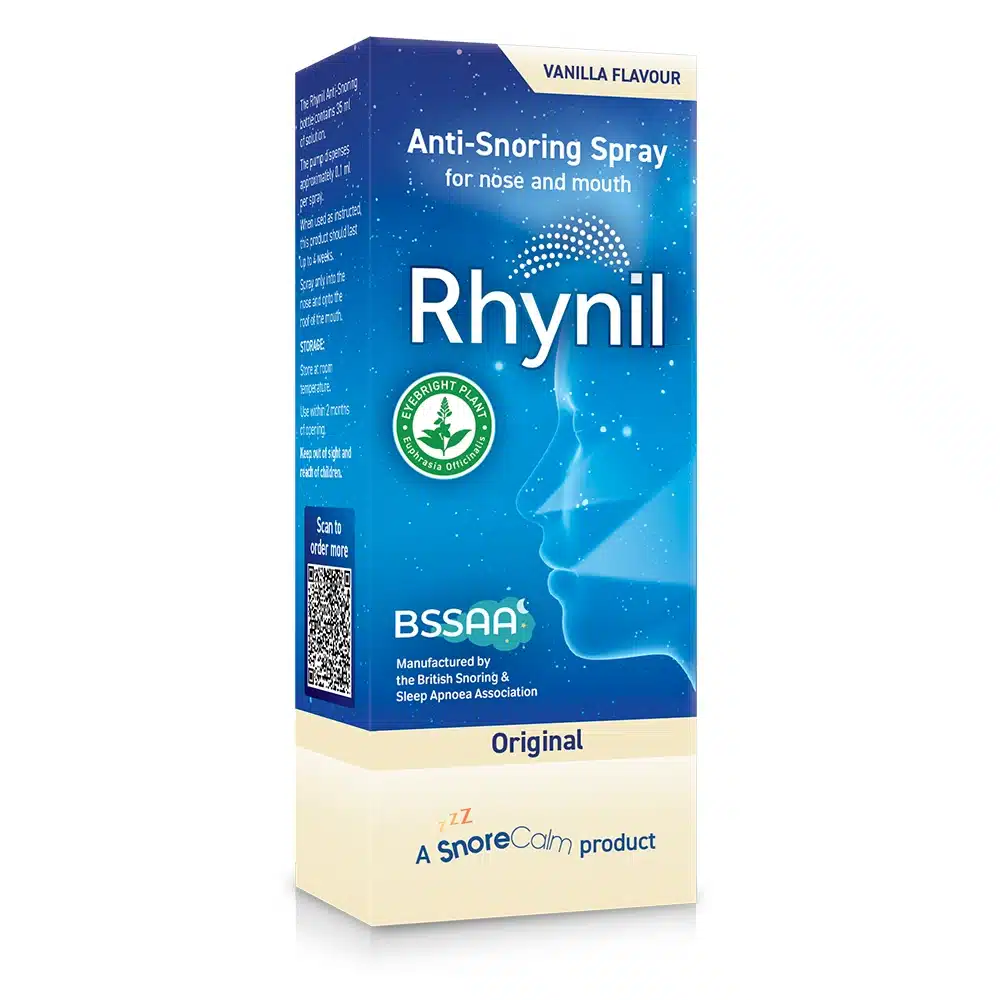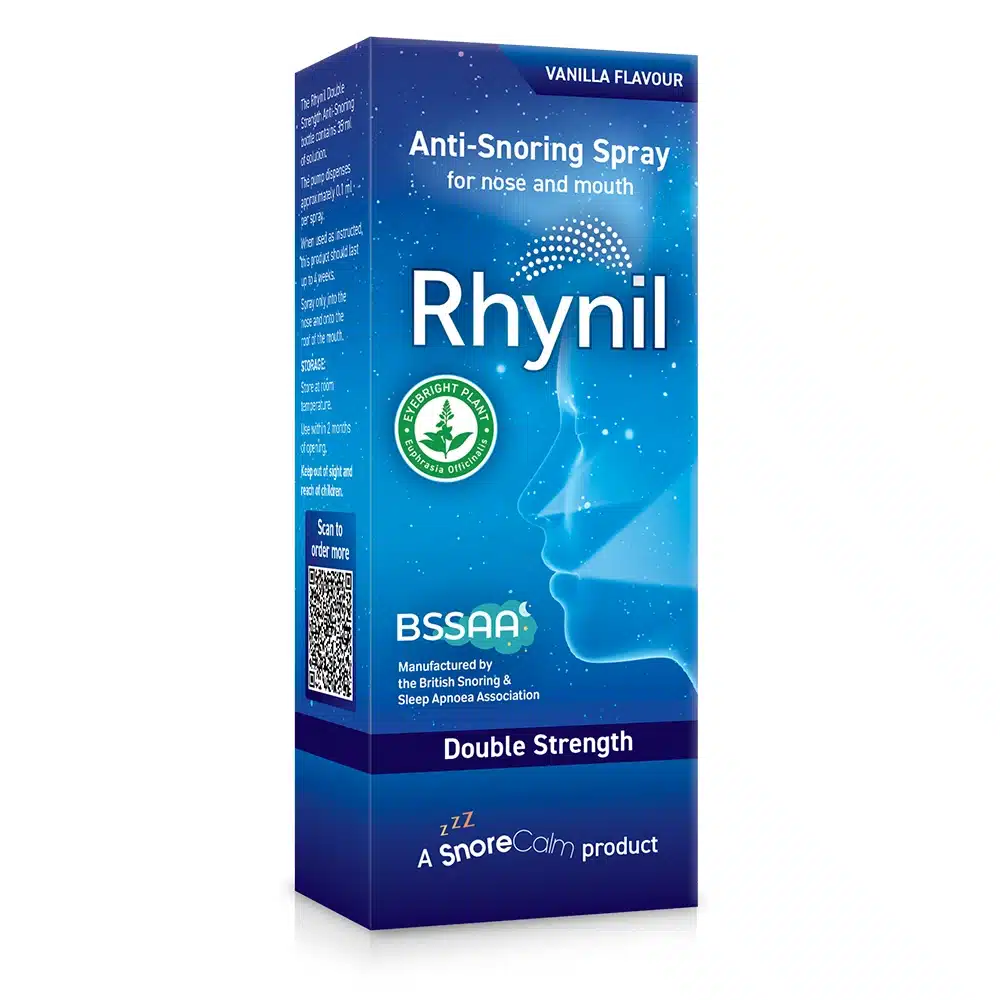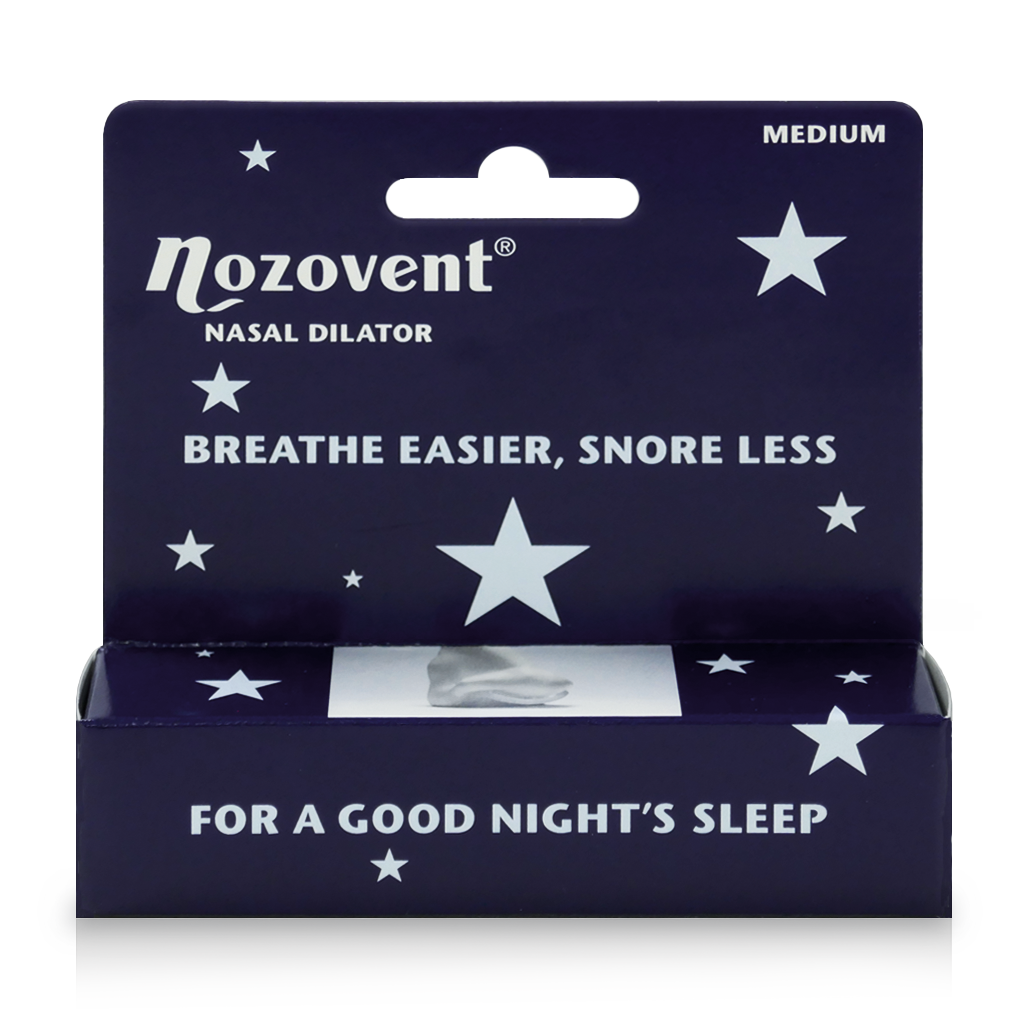lvor Felstein, MB, ChB, says snoring should not be dismissed casually, and certainly not with a smile; he outlines some causes and treatments.
Every cigarette packet carries quite rightly, a warning that smoking Is a hazard to health. This Is usually thought to refer to risks of bronchial cancer, coronary artery disease, chronic bronchitis and poor peripheral arterial circulation the regular smoker. There is another risk. Smoke from cigarettes, cigars and pipes leads to irritation of the nasal mucosa and results in a catarrhal flow as well as nasal passage congestion – and snoring.
Of course, snoring is not a disease. It is a symptomatic clue to a surprising number of clinical and pathological conditions, some minor, others quite significant. A complaint of snoring should never be treated too casually, or too easily dismissed with a broad smile and ignorant reassurance. The snoring symptom is peculiar in that its confirmation depends not on the sufferer, but on the listener who complains about it. Some men and women are aware of their own snoring tendencies or habits because they either awake with a dry mouth and tongue, or wake themselves by a powerful rumbling sequence that creates a muscle start.
How a snore is caused
What causes a snore? There are various explanations put forward on the basis of variations in the frequency of the snore, the pitch of the snore sound and on the audibility element. The basic derivation is usually the presence of a partially open mouth in the breathing phases of a sleeper. The inspiratory air quickly drawn in through an open mouth strikes the centrally placed soft palate. The soft palate vibrates as the air also strikes the fauces on each side of the pharynx, thus accentuating the sound.
However, those who do not breathe through a partially open mouth during sleep can also snore, provided there is an obstruction in the air flow. This normally carries through both nostrils, up and over the nasal turbinates and back down the nasopharynx. The loudest snores derive from a combination of the “open-mouth breather” in sleep who also has a nasal airway obstruction.
The appearance of snoring in the child or adult who is not usually an open-mouth breather in sleep may, therefore, indicate an inflammation of the nasal mucosa and passages. The inflammation can be infective or allergic in origin. Snoring may be an early clue to an acute viral infection of the common cold or Influenza type.
These virus Infections are treated In the usual way by rest, warmth, Isolation, aspirin or similar drugs, and the prescribing of a prophylactic antibiotic where there is a history of recurring chest infection. Some relief from the nasal congestion or catarrh can be achieved by steam Inhalations, antihistamine tablets and decongestant nasal drops – the latter before retiring, which also helps reduce snoring. As the infection lifts, the snoring usually disappears. Allergic inflammation of the nasal mucosa and passages can account for seasonal snoring. From late May until August, the grass and flower pollens can provoke the sneezing, catarrh, itchy nose and itchy eyes response of hay fever. Nasal congestion causes snoring while asleep which clears in the autumn and winter. The allergy is controlled by antihistamine tablets and
steroid drops.
Pre-season desensitisation by injection therapy is possible, while sodium cromoglycate nasal spray is also useful. Sometimes the snoring continues beyond the season, which may indicate that the sufferer has developed “all-year-round catarrh” or vasomotor rhinorrhea. Referral to an ENT surgeon would then be indicated.
Allergic to dust
Non-seasonal allergies to materials, dusts, house mites, plants or animal hairs may also cause nasal congestion with snoring as a positive clue. A search for these allergens is made and appropriate counter-measures taken – for example, house hygiene, removal of the animal or plant, wetting before dusting, inert bed materials in place of feather pillows. A decline in snoring may then usefully herald control of the situation.
The degree of humidity – or rather the lack of it – can account for the presence of snoring or its variable appearance in an individual. The dry air of overheated bedrooms or the dry air of some hot climates can induce the appearance, or reappearance, of snoring. A humidifier – or, less expensively. a bowl of water near a heat source can reduce snoring in this situation.
When we talk about snoring and snorers, we often think too exclusively in terms of adults, particularly the elderly. Children can be snoring performers, too, and for a wide range of reasons: they can have the nasal lining inflammations I have described; they are more liable to have enlarged tonsils with or without enlarged adenoids as a cause of nasal airway and pharyngeal obstruction. Parents may realise this by hearing the child snore, so disturbing their own sleep.
Infection and earache
Alternatively, the child may not snore until a viral or bacterial infection invades the tonsil or adenoid lymphoid masses and also produces earache from middle-ear infection; snoring and earache should Indicate early referral to the family doctor or ENT specialist.
A clue to congenital illness can be provided by snoring, although other positive, clinical features are usually evident. In Down’s syndrome (children with genetically derived mongolism). there is often a tongue enlargement called macroglossia. With, or without, tonsil and adenoid enlargement, the macroglossia makes the Down’s syndrome child more liable to snore. In a parallel fashion, the unrelated disease of hypothyroidism or myxoedema – due to lack of thyroid hormone in young or older adults – can produce an enlarged tongue; snoring can be added to the list of more familiar symptoms of hypothyroidism, like cold, dry skin, slow pulse and depressed reflexes.
When hypothyroidism is confirmed and treated with thyroxine hormone (for life), the lesser symptom of snoring usually clears up. In all these conditions. It is the macroglossia which acts as an airways path obstruction, encouraging the snore effect.
Injury to the nose
Nasal injury as a source of snoring is usually obvious. The Individual who has been involved in a fight, or who has suffered trauma In sports or who has accidentally Injured his nose, creates a block to air flow, encouraging mouth breathing during sleep.
Less obviously, the sufferer may have a chronically deviated nasal septum – congenital or acquired in earlier years by trauma. This alters the nasal airways, encourages mucosal congestion and may create favourable aerodynamics for snoring. The ENT surgeon can help here.
One cause of snoring that older physicians and district nurses may remember (and remember with sadness) was Its appearance in children as a warning sign of nasal diphtheria. This acute infections fever caused by corynebacterium diphtheria attacks and damages mucous membranes. Tonsillar and uvular involvement, In addition to nasopharyngeal obstruction, was a feature of this Illness whose frequency and intensity has mow been dramatically reduced by the child immunisation programmes. In the established infection, diphtheria antitoxin and penicillin are the keys to recovery.
The appearance of snoring In association either a one-sided nasal discharge in a child who has no fever and Is otherwise well, is suspicious of a “foreign body”. Particularly in children of pre-school age, a small particle such as a plastic ball, ball-bearing, pea or other vegetable matter may be pushed and stuck up a nostril. This requires medical assessment and, of necessary, surgery. Mentally disturbed adults may sometimes perform a similar act with foreign body.
Occupational snoring
There are some examples of what might be termed “occupational snoring”. This does not refer to Job boredom and falling asleep at work; it indicates the presence of a higher than normal dust level in the work atmosphere. This provokes nasal irritation and mucous catarrh which, in turn, set the scene for nocturnal snoring. Examples of such occupations include the various processing departments of cotton mills and asbestos works, quarrying and grinding works, dusty storage warehouses, mining and stone-masonry.
Health regulations and works equipment have helped to lower dust levels. Wetting processes, dust extractors, ventilators and the wearing of screening masks have reduced dust level contact with the human breathing apparatus. Even so, individuals in such jobs have a higher risk of being snorers.
Sleeping posture can influence snoring. The person who sleeps flat on his back and whose mouth droops open.is more likely to snore and the disturbed observer can gently tip him to one side to stop the rumbling. The elderly are more at risk to snoring, apart from disease or previous occupation, because the alae nasi (nostril wings) have an Increasing tendency to “collapse” with age. The regular cigarette smoker, at all ages, is more likely to snore, so that reducing or stopping the smoking habit is a first essential step in “snore control”.
Doctors and nurses should also be aware that snoring is a clue to undesired, and undesirable, secondary effects of some drug therapy. A good example of this has been seen with the use of anti-hypertensive drug therapy in adults. The substance methyidopa (Aidomet) can produce nasal stuffiness due to mucosal congestion, This In turn may be reflected in the appearance of snoring or in the worsening of a snoring habit.
If this is troublesome – particularly for a listening partner – then a lower dosage may be tried. or a change to a suitable drug. Hypnotic and sedative drugs may also encourage snoring by altering sleep depth and, therefore, inspiratory air flow. Finally, I should mention that the ‘growths’ known as nasal polyps can cause obstruction sufficient to induce a snoring effect. Therapy is surgical removal.
Dr Felstein is Senior Hospitals Medical Officer, Bolton Health Authority. We are Indebted to Dr Felstein for his kind permission to reprint this article which gives such a good overview of the problems of snoring. This article first appeared in Nursing Mirror on April 12 1979 pp42-43.








